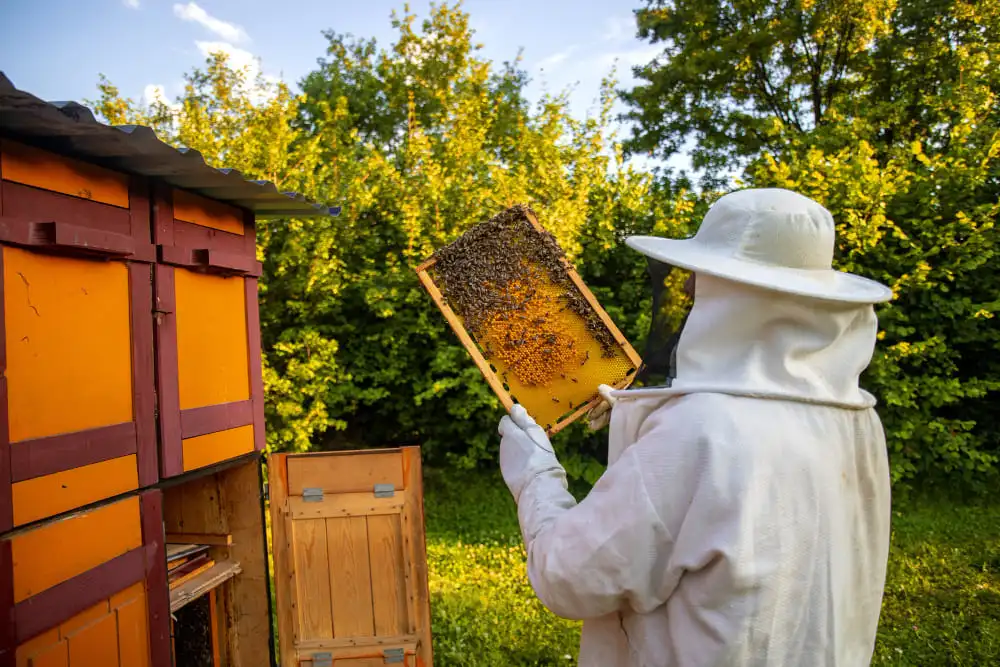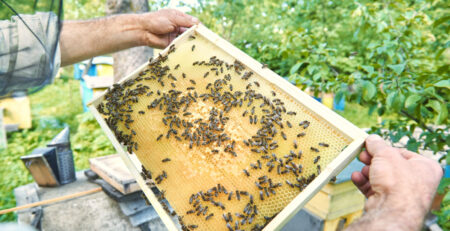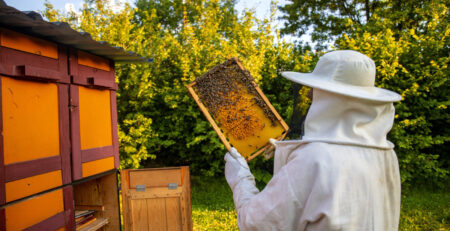Beekeeping in different areas of the world
Beekeeping, also known as apiculture, is an ancient practice that has evolved differently in various regions of the world. From the bustling apiaries of Europe to the traditional hives of Africa and the modern techniques of North America, beekeeping techniques vary widely depending on factors such as climate, flora, cultural practices, and technological advancements. In this comprehensive guide, we’ll delve into the diverse world of beekeeping, exploring the methods, challenges, and benefits of apiculture in different areas of the globe.
Europe
Europe has a rich history of beekeeping, dating back centuries. Traditional beekeeping methods in Europe often involve the use of movable-frame hives, such as the iconic Langstroth hive, which allows beekeepers to inspect and manage colonies easily. Countries like Germany and France are renowned for their high-quality honey production, with beekeepers carefully tending to their colonies to ensure optimal health and productivity. Additionally, European beekeepers play a crucial role in pollinating crops, contributing to agricultural sustainability and biodiversity conservation.
Africa
In Africa, beekeeping practices are deeply rooted in tradition and culture. Many communities in Africa practice traditional beekeeping methods, such as log hives or woven baskets, which have been passed down through generations. These methods often involve minimal intervention, allowing bees to thrive in their natural habitats. Moreover, African honeybees, such as the Africanized honeybee or “killer bee,” have adapted to the continent’s challenging environments, displaying resilience and productivity in the face of adversity. Despite facing threats from pests, diseases, and habitat loss, African beekeepers continue to sustainably manage their hives, providing valuable honey and beeswax for local consumption and trade.
North America
In North America, beekeeping practices have evolved rapidly, driven by technological advancements and commercialization. Commercial beekeeping operations in the United States and Canada often involve large-scale apiaries managed by professional beekeepers. These operations rely on modern hive designs, such as the Langstroth hive or the more recent flow hive, which streamline honey extraction and hive management. However, North American beekeepers face numerous challenges, including colony collapse disorder, pesticide exposure, and habitat fragmentation, which threaten the health and sustainability of bee populations.
Asia
Asia is home to a wide variety of beekeeping practices, ranging from traditional methods to modern innovations. In countries like China and India, beekeeping has deep cultural and economic significance, with honey and other hive products playing integral roles in traditional medicine, cuisine, and religious rituals. Traditional beekeeping methods, such as clay pot hives or bamboo baskets, are still prevalent in many rural areas, where beekeepers maintain close connections with nature and local ecosystems. Moreover, Asian honeybees, such as the Apis cerana, have adapted to diverse habitats, from tropical rainforests to high-altitude mountain ranges, showcasing remarkable versatility and resilience.
South America
In South America, beekeeping practices reflect the continent’s vast biodiversity and ecological complexity. Countries like Brazil and Argentina are major players in the global honey market, with beekeepers harnessing the rich floral resources of the Amazon rainforest and the vast pampas grasslands to produce a wide range of honey varieties. Traditional beekeeping methods coexist with modern beekeeping techniques, as beekeepers adapt to local conditions and market demands. Moreover, South America is home to unique bee species, such as the stingless bees of the tropics, which play essential roles in pollination and ecosystem health.
Conclusion
From the ancient traditions of Africa to the modern innovations of North America, beekeeping encompasses a rich tapestry of techniques, cultures, and environments. Whether it’s the meticulous hive management of European apiarists or the sustainable practices of African beekeepers, each region contributes to the global tapestry of beekeeping, promoting biodiversity, food security, and economic livelihoods. As we navigate the challenges of the 21st century, preserving and supporting beekeeping practices worldwide is essential for ensuring the health and resilience of bee populations and the ecosystems they support. By celebrating and learning from the diverse experiences of beekeepers around the world, we can work together to create a more sustainable and bee-friendly future for generations to come.






